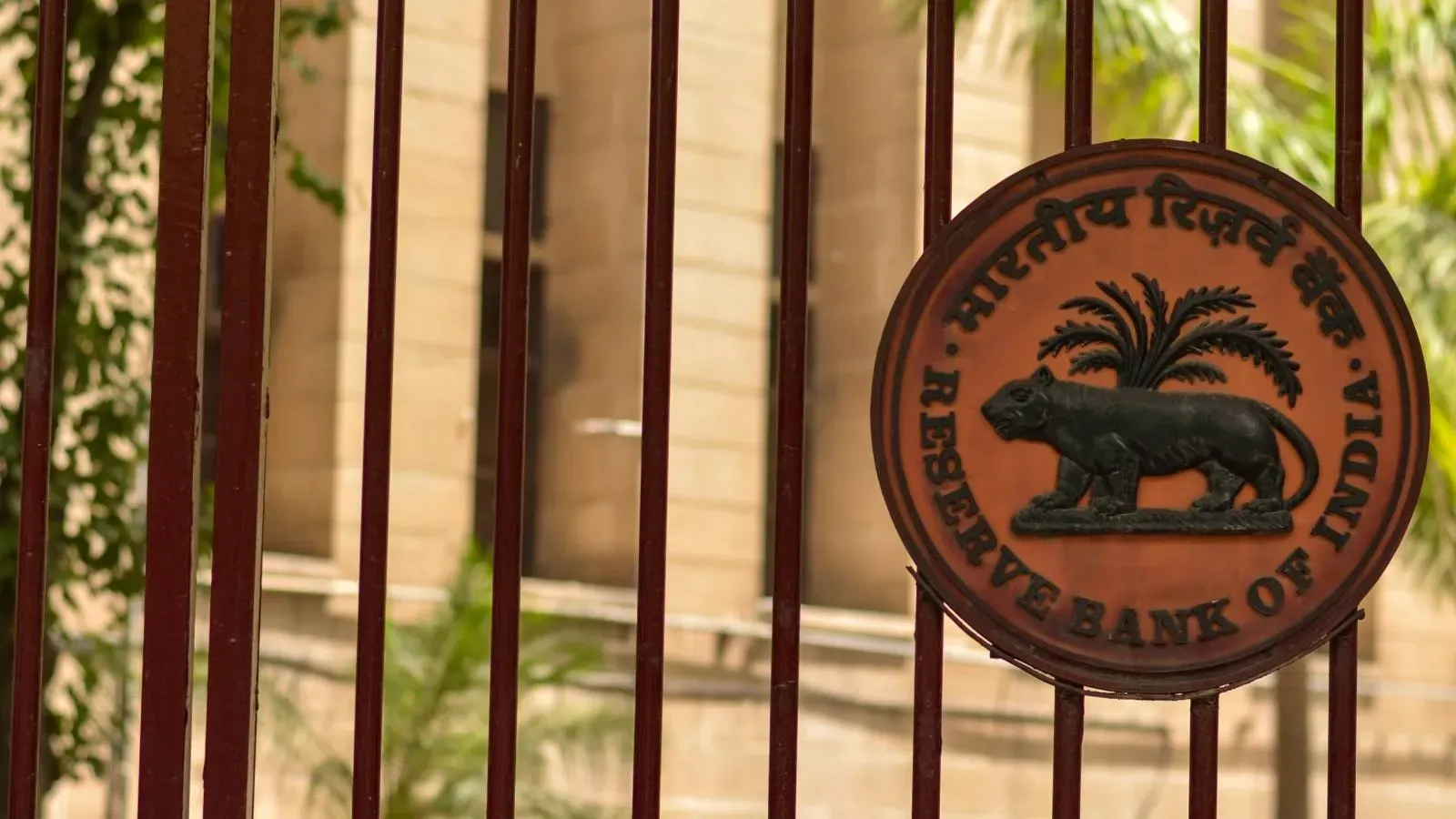What are Treasury Bills in India - Meaning, Status, Interest Rates, & How to Buy
Written by Mariyam Sara
2 min read | Updated on October 16, 2025, 17:48 IST

Every investor invests according to their risk appetite. Investors with high risk appetite invest in equities, other risk-averse investors invest in corporate bonds, and people who wish for a return with minimum or no risk opt for Treasury bills, also known as T-Bills.
In this blog, you will understand what T-Bills are, their features, types and how you can invest in T-Bills.
What are T-Bills? Who issues treasury bills and why?
T-Bills, or treasury bills, are money market instruments issued by the government via the RBI (Reserve Bank of India) to meet their short-term fiscal budget needs. The government issues T-bills to fulfil its short-term obligations and in exchange, provides a decent return to the investor. RBI holds auctions on behalf of the central government where investors buy T-Bills at a discounted price.
Features of T-Bills
Zero-coupon rate
T-bills are issued at a zero-coupon rate, meaning interest will not be paid on these bills. Instead, the return for the investors is the difference between the purchase price and the face value of the T-Bills.
Minimum investment
As per RBI regulations, an investor has to make a minimum investment of ₹25,000 to purchase short-term treasury bills. If you wish to invest more, then further investments have to be in multiples of ₹25,000.
Tradeable
You can easily trade T-bills within the maturity period in the secondary markets like NSE or on the ‘Retail Direct’ platform.
Yield Rate on T-Bills
Since T-bills are issued at a zero-coupon rate, investors gain a return at maturity, which is the difference between the purchase price and the face value.
For example, RBI offers T-Bill at a discounted rate of ₹97, whereas its face value is ₹100 for a period of 91 days. So, the difference between the face value and purchase price is the return an investor gets on the maturity date.
But how can you know if the return on T-Bills is worth investing in?
You need to check the yield rate on T-Bills and see if it’s more than India's current inflation rate. The goal of investing is to maintain the value of money and capital appreciation, so opt for T-bills that fulfill at least one of these.
Here’s how you can find out the yield rate of T-Bills:
Yield Rate Formula: Y= [(100-P/P)] x 365/D x 100
Where, Y = Yield in percentage P = Purchase price of the T-Bill D = Maturity Days
Y= [(100-97/97) x 365/91 x 100
The yield rate on this T-Bill is 12.4%, and India’s average inflation rate is around 5%. Since the return on maturity beats the inflation rate, you can invest in it.
Types of treasury bills
Treasury Bills are categorized according to their maturity term. The following are the types of T-Bills:
- 14 days treasury bills
- 91 days treasury bills
- 182 days treasury bills
- 364 days treasury bills
Advantages of treasury bills
Risk Free
T-Bills carry low risk as they are issued by the government of India and there is a low risk of default on these bills.
Non-competitive bidding
RBI hosts the auctions for the T-Bills on behalf of the central government. These auctions are non-competitive, meaning T-bills aren’t granted to those who bid the highest on them. Anyone willing to buy T-bills can do so by buying them on the primary market or directly from the RBI’s ‘Retail Direct’ platform.
Liquidity
T-Bill has moderate liquidity, as you can freely trade Treasury bills on the RBI’s ‘Retail Direct’ platform and in the secondary market.
Limitations of treasury bills
Treasury bills carry low risk and hence provide a lower return to their investors. The yield rate on T-Bill will remain consistent despite economic conditions and business cycles, this could be a bane or boon depending on how you view it. Equities provide a higher return due to the high risks involved and give returns as per economic conditions. In the case of T-bills, even during an economic downturn, you will receive the promised value on maturity.
How to buy treasury bills
There are two ways you can purchase T-Bills:
If you wish to start your investing journey, sign up on UpLearn by Upstox to make informed investment decisions.
About Author
Mariyam Sara
Sub-Editor
holds an MBA in Finance and is a true Finance Fanatic. She writes extensively on all things finance whether it’s stock trading, personal finance, or insurance, chances are she’s covered it. When she’s not writing, she’s busy pursuing NISM certifications, experimenting with new baking recipes.
Read more from Upstox
Upstox is a leading Indian financial services company that offers online trading and investment services in stocks, commodities, currencies, mutual funds, and more. Founded in 2009 and headquartered in Mumbai, Upstox is backed by prominent investors including Ratan Tata, Tiger Global, and Kalaari Capital. It operates under RKSV Securities and is registered with SEBI, NSE, BSE, and other regulatory bodies, ensuring secure and compliant trading experiences.